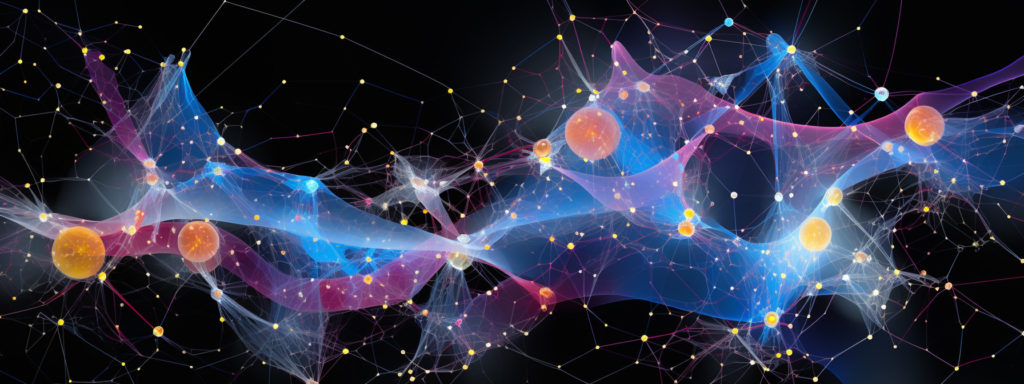
Researchers from the University of Michigan have delved into the neurobiology of psychedelic experiences caused by nitrous oxide, ketamine, and LSD, in a recent study spearheaded by George Mashour, M.D., Ph.D., and Richard Harris, Ph.D. The study involved examining the brain activity of healthy participants using fMRI scans, after administering these substances. This data was then contrasted with the brain activity of individuals who were given propofol, an anesthesia drug.
The investigators found that all three substances—nitrous oxide, ketamine, and LSD—induced similar effects in terms of brain connectivity. Users of each drug exhibited decreased connectivity within a particular network, but increased connectivity across various networks. Most intriguingly, each psychedelic enhanced connectivity between the right temporoparietal junction and intraparietal sulcus in both brain hemispheres and between the precuneus and left intraparietal sulcus.
These nodes exist in what scientists refer to as the cortical “hot zone” of the brain, which is believed to be critical for determining the content of conscious experience. The researchers hypothesize that this could explain the altered states of consciousness that people often describe after consuming these psychedelic substances.
Although there were some differences, the general overlap of activity patterns associated with nitrous oxide, ketamine, and LSD indicates a shared underlying biology. Further research is needed to uncover the specifics of this biology, which may provide insights on how to optimally use psychedelics as therapeutics. This study is a major step forward in our understanding of how psychedelic substances interact with the brain, potentially paving the way for future therapies.
